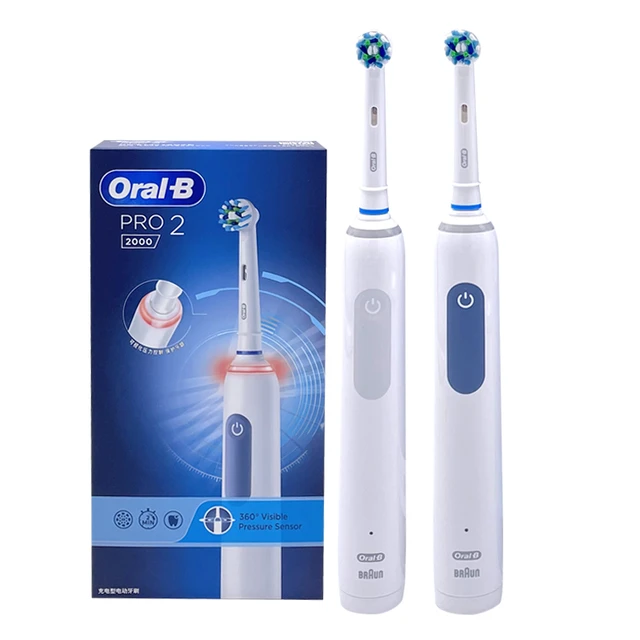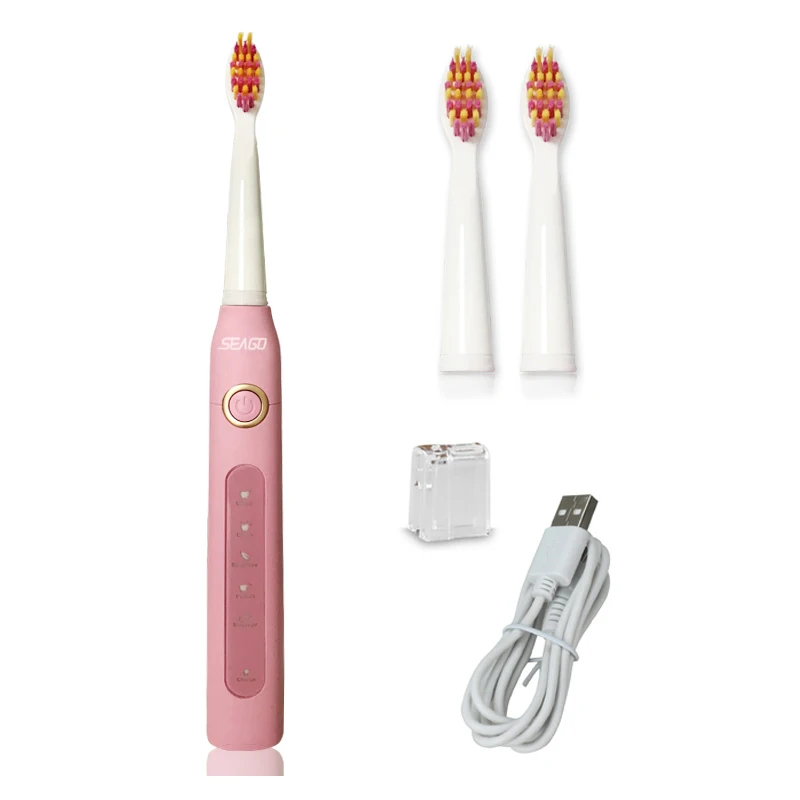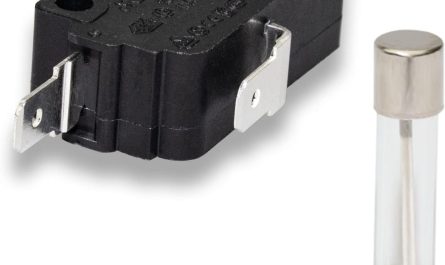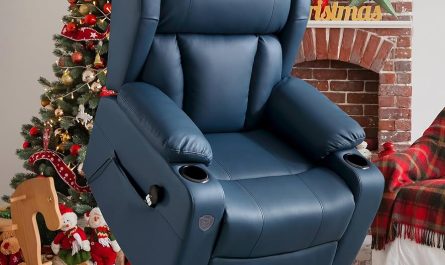Electric toothbrushes have surged in popularity over the last decade, becoming a staple in oral hygiene routines worldwide. With their ability to clean more effectively than traditional manual brushes, they offer unique features that enhance the brushing experience. However, knowing how to correctly use an electric toothbrush is crucial for maximizing its benefits and ensuring optimal dental health. This guide will explore everything you need to know about correctly using an electric toothbrush, from selecting the right model to brushing techniques and maintenance.
Understanding the Benefits of Electric Toothbrushes
Superior Cleaning Power
One of the primary reasons many people prefer electric toothbrushes is their superior cleaning ability. Studies have shown that electric toothbrushes can remove plaque more effectively than manual brushes. The rapid oscillations and rotations of the bristles help dislodge food particles and plaque that traditional brushing might miss.
Built-In Timers
Many electric toothbrushes come equipped with built-in timers that help ensure you’re brushing for the recommended two minutes. These timers often segment the brushing duration into 30-second intervals, prompting you to move to the next quadrant of your mouth at the right time.
Pressure Sensors
Some advanced models feature pressure sensors that alert you when you’re brushing too hard. Excessive pressure can damage your gums and enamel, making these sensors beneficial for maintaining healthy brushing habits.
Variety of Brushing Modes
Different brushing modes for various needs—such as gum care, sensitive teeth, whitening, or deep cleaning—make electric toothbrushes versatile tools for dental hygiene. Understanding these modes can help you select the right setting for your specific needs.
Choosing the Right Electric Toothbrush
Manual vs. Rechargeable
Electric toothbrushes generally come in two types: battery-operated and rechargeable. Battery-operated brushes may offer less power and fewer features, while rechargeable models usually have more settings and longer battery life. If you plan to use your electric toothbrush daily, investing in a rechargeable model is often worth it.
Size and Shape of the Brush Head
The size and shape of the brush head can greatly influence the cleaning effectiveness of your electric toothbrush. Smaller heads may reach difficult areas, like the back molars, more easily. Conversely, larger heads might cover more surface area and speed up the brushing process.
Additional Features
Consider what additional features you might find beneficial. For example, some toothbrushes offer smartphone connectivity, allowing you to track your brushing habits and receive real-time feedback. Others have UV sanitizers to keep your toothbrush head clean.
Preparing for Brushing
Selecting the Right Toothpaste
To maximize the effectiveness of your electric toothbrush, choosing the right toothpaste is essential. Look for fluoride toothpaste, which helps strengthen tooth enamel and prevent cavities. If you have specific dental concerns—like sensitivity or whitening—there are many specialized options that can complement your electric brushing routine.
Properly Wetting the Brush
Before starting, wet the bristles of your electric toothbrush to help the toothpaste foam and spread more easily. A quick rinse under the tap will do the job. Just don’t soak the entire brush, especially if it’s a rechargeable model, as this could damage the internal components.
Technique Matters
How you hold your toothbrush can affect how effectively it cleans your teeth. Hold the handle with a relaxed grip and let the brush do the work. The vibrations and movements will cleanse your teeth without needing too much pressure.
How to Correctly Use an Electric Toothbrush
Brush Positioning
- Angle Your Brush: Position your electric toothbrush at a 45-degree angle to the gums. This placement allows the bristles to penetrate below the gum line and effectively clean both the teeth and the area around them.
- Start with the Outer Surfaces: Start brushing the outer surfaces of your teeth. Move the toothbrush in small circular motions, allowing the bristles to touch both the tooth and the gums. You don’t need to scrub vigorously; a gentle touch is sufficient when using an electric toothbrush.
- Move to Inner Surfaces: After cleaning the outer surfaces, shift your focus to the inner surfaces of your teeth. Hold the toothbrush vertically and make up-and-down strokes on the front surfaces of your incisors.
- Finish with Chewing Surfaces: Finally, brush the chewing surfaces of your molars. You can use a back-and-forth motion here, as the chewing surfaces generally require different cleaning than curved or angled spaces.
Follow the Two-Minute Rule
Most experts recommend brushing for at least two minutes. Many electric toothbrushes come with built-in timers, but if yours doesn’t, use a clock or smartphone timer to keep track. Brush for 30 seconds in each quadrant of your mouth—upper right, upper left, lower right, and lower left—to ensure comprehensive coverage.
Pay Attention to Your Gums
Don’t forget to brush your gums lightly. It is essential for gum health, as plaque build-up can lead to gingivitis and other gum diseases. Gently scrubbing along the gum line helps remove debris and bacteria that can cause inflammation.
Post-Brushing Care
Rinse Thoroughly
Once you finish brushing, thoroughly rinse your mouth with water or mouthwash. This step removes any remaining toothpaste and helps clear food particles that the brushing may have loosened.
Clean Your Electric Toothbrush
After brushing, run the bristles under warm water to clean them. Remove any paste build-up that may have accumulated and ensure the brush head is free from debris. If your model allows, periodically detach the brush head and clean it separately for optimal hygiene.
Store Properly
Store your electric toothbrush upright, ideally in a holder, to allow the bristles to air dry. Avoid covering the head, as this can create a moist environment that fosters bacterial growth.
Maintaining Your Electric Toothbrush
Replace the Brush Head
The American Dental Association recommends changing the brush head every three to four months, or sooner if the bristles appear frayed. A worn brush head is less effective at removing plaque and may even damage your gums.
Check Battery Life
For rechargeable models, pay attention to battery life. A fully charged toothbrush should be used for at least a week, but if you’re noticing decreased performance, it might be time to charge it.
Deep Clean Your Brush
About once a week, give your electric toothbrush a more thorough cleaning. Remove the brush head and soak it in antibacterial mouthwash or warm soapy water to eliminate bacteria. Wipe down the handle and other components with a damp cloth.
Store Away from Contaminants
Make sure to store your electric toothbrush away from the toilet and other sources of contamination. Bacteria can easily be dispersed through the air, especially after flushing.
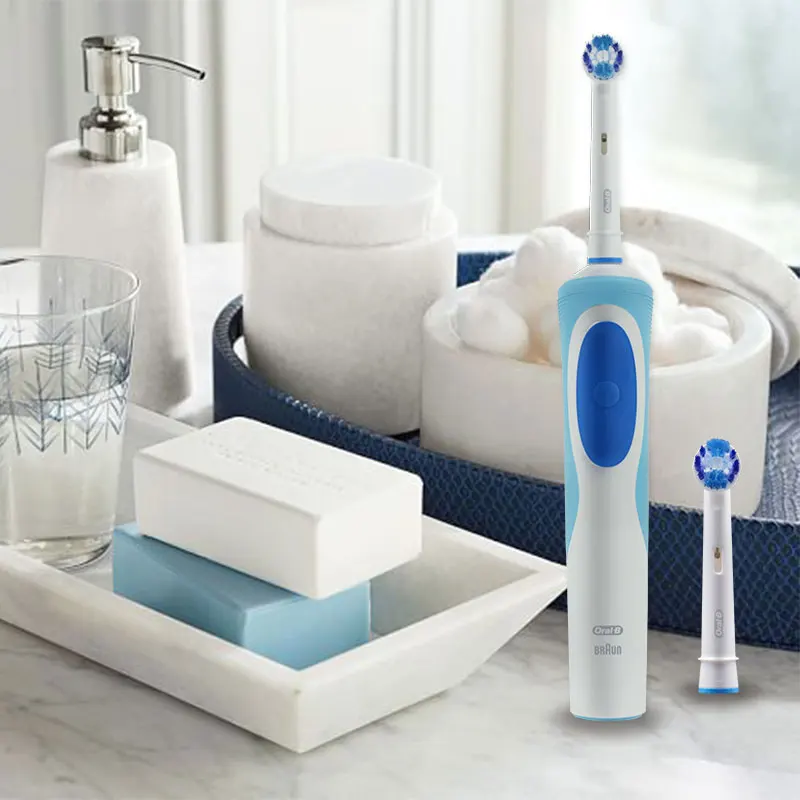 Special Considerations for Children
Special Considerations for Children
Gradual Introduction
Introduce electric toothbrushes to children gradually. Start by letting them explore the device when it’s turned off, so they become familiar with it without fear. Once they’re comfortable, demonstrate how to use it effectively.
Adjust Size and Features
Use toothbrushes specifically designed for children. These usually come with smaller brush heads and softer bristles perfect for young teeth and gums. Some models even feature fun designs to make brushing more appealing.
Supervision is Key
For younger children, supervision during brushing is essential. Remind them of proper technique, and ensure they don’t use excessive pressure.
Conclusion
Knowing how to correctly use an electric toothbrush can lead to improved dental health and a brighter smile. From choosing the right model to maintaining proper brushing technique, every aspect plays a crucial role in your oral hygiene routine. Remember, the goal of brushing is not just to keep your teeth clean but also to support overall gum health. By taking the time to learn the correct methods and implementing them into your daily routine, you’re investing in your long-term dental well-being. So, make the most out of your electric toothbrush and enjoy the benefits of an effective brushing experience!

